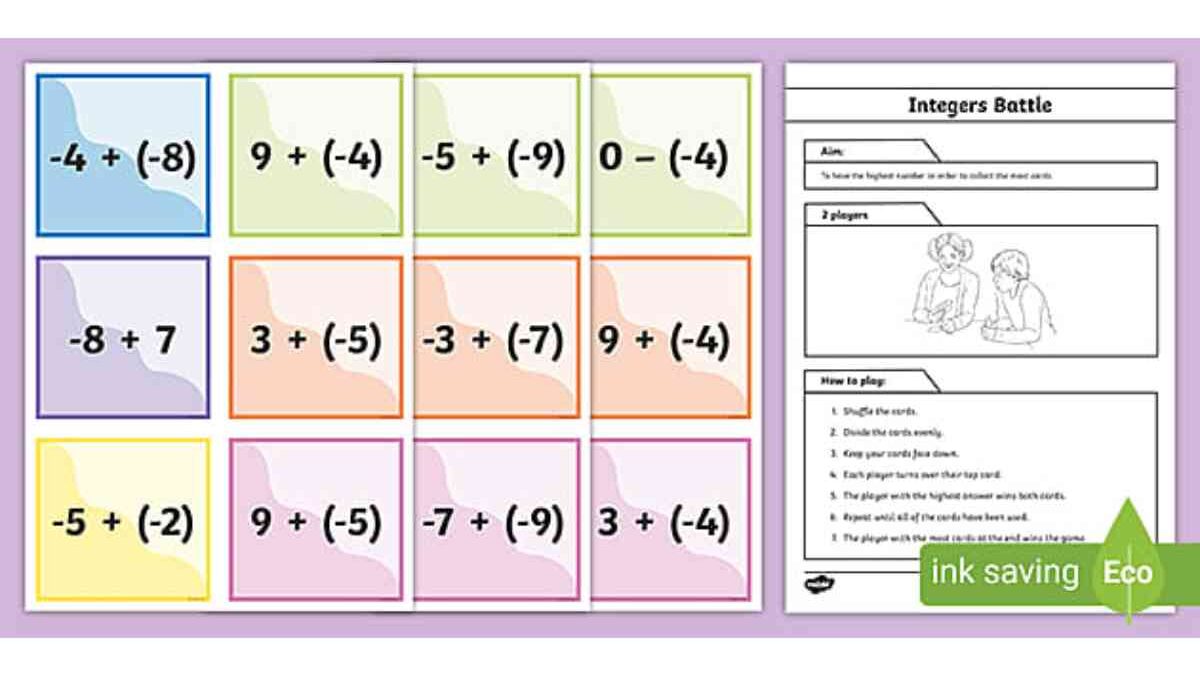Integers are defined as whole numbers that will be positive, negative, or zero. They do not have any fractional or decimal parts. The set of these is denoted by the symbol ℤ. Examples of these include -3, -2, -1, 0, 1, 2, 3, and so on. These numbers represent quantities that can be counted without including any fractions or decimals.
Factors of Integers
These can be operated using arithmetic operations like addition, subtraction, multiplication, and Division. These operations follow particular rules, such as:
- Adding two positive integers results in a positive integer.
- Adding two negative integers results in a negative integer.
- Multiplying or dividing integers may result in positive, negative, or zero integer. And also, this depends on the signs of the numbers involved.
This will be represented on a number line, with positive integers that will be to the right of zero and negative to the left. Zero is located at the center.
The absolute value of an integer is away from zero on the number line, regardless of its sign. For example, you can consider the absolute value of -5 is 5, and the absolute value of 5 is considered 5.
Applications of Integers
These have various applications in mathematics, including algebra, number theory, and arithmetic. Moreover, they are also used in real-world situations such as accounting (for representing gains and losses), temperature (positive and negative values), and sports scores.
Properties
- Integers have several important properties, including closure under addition, subtraction, and multiplication and commutative, associative, and distributive properties.
- The Division of these may result in a quotient with a remainder or a quotient without a remainder, depending on whether the divisor divides the dividend evenly.
Conclusion
Overall, integers are a fundamental mathematical concept with wide-ranging applications and properties. However, they form the basis for more advanced mathematical concepts and are essential for understanding various mathematical operations and real-world scenarios.

